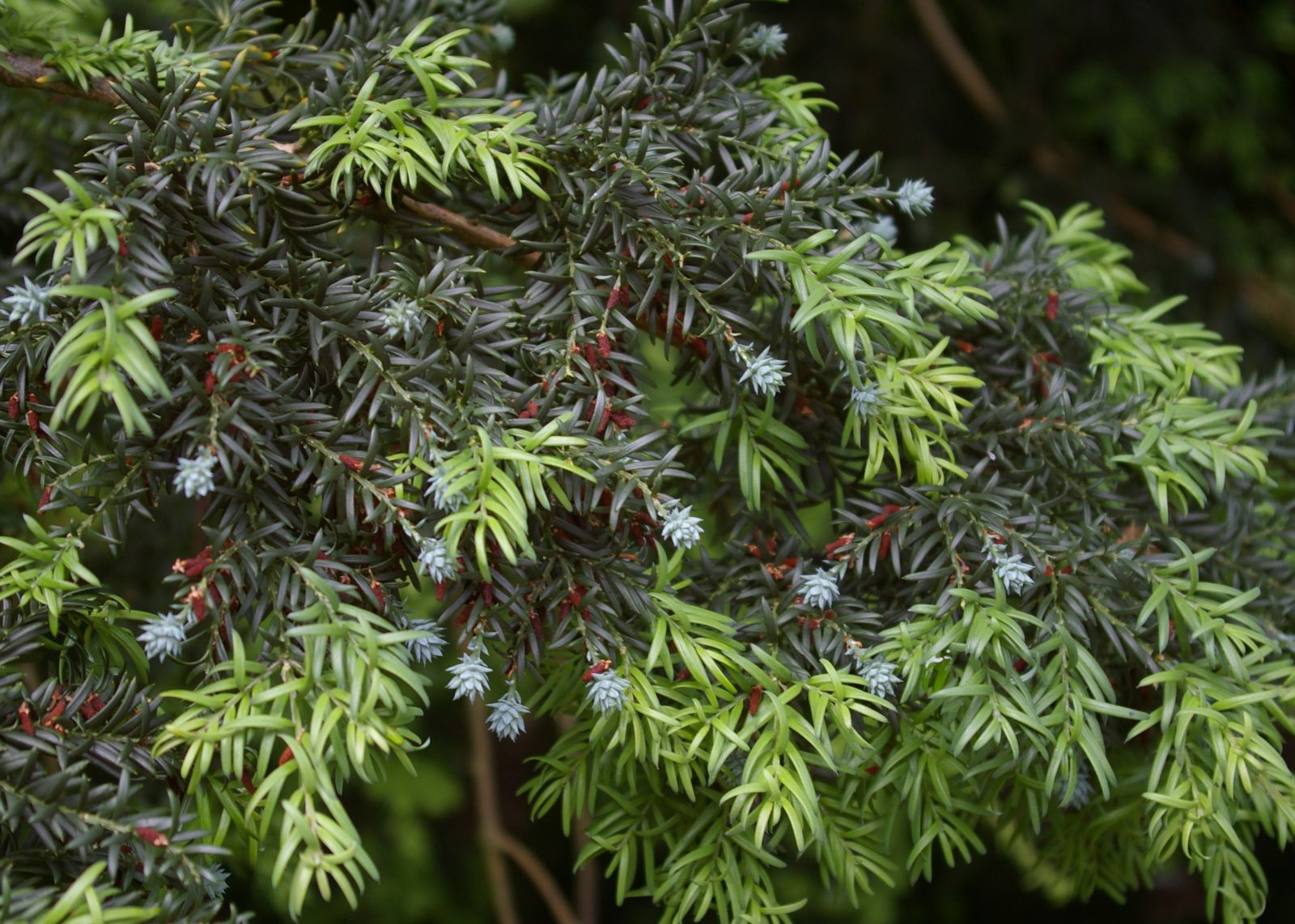Saxegothaea
Credits
Article from Bean's Trees and Shrubs Hardy in the British Isles
Recommended citation
'Saxegothaea' from the website Trees and Shrubs Online (treesandshrubsonline.
Family
- Podocarpaceae
A genus of a single monoecious species of conifer in temperate South America, belonging to the same subfamily of Podocarpaceae as Podocarpus itself and Microcachrys. Male inflorescences axillary, cylindric, borne near the tips of the branchlets. Pollen grains unwinged (winged in all other podocarps). Numerous fertile, pointed scales are borne at the end of short twigs, forming when ripe a small, roundish fleshy ‘cone’ containing up to about six seeds, each inserted in a groove at the base of the scale and surrounded by, but not united to, an epimatium (an excrescence from the subtending scale). The small shrub Microcachrys tetragona (q.v.) also has a cone-like fruit, but in most other podocarps only one or a few of the scales of the ‘female’ twigs are fertile.
The genus was named by Lindley in honour of Prince Albert, consort of Queen Victoria.

